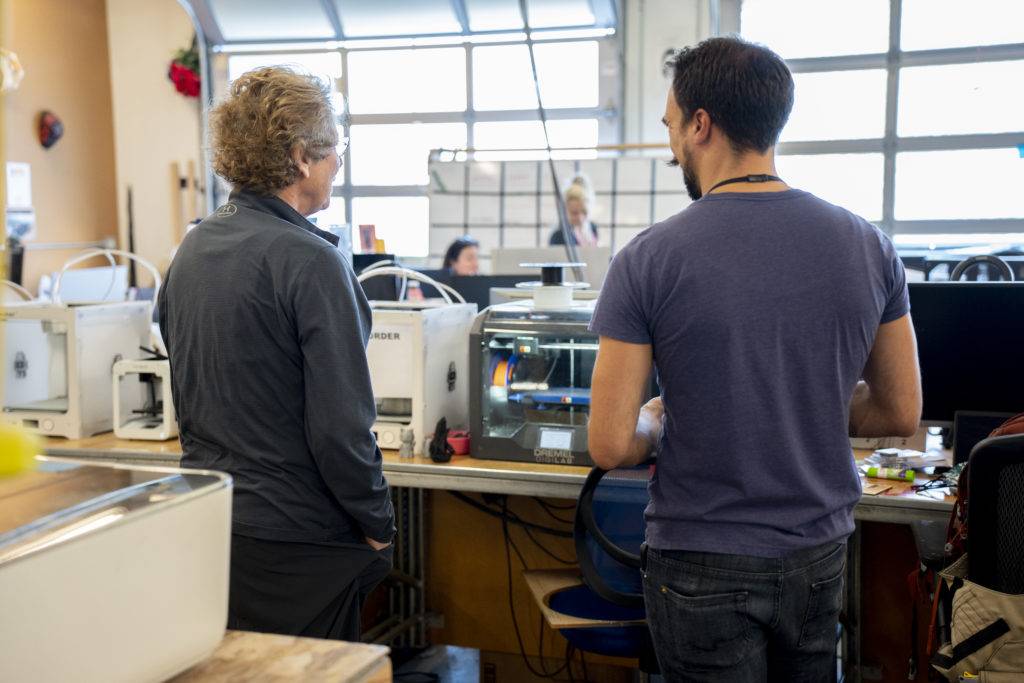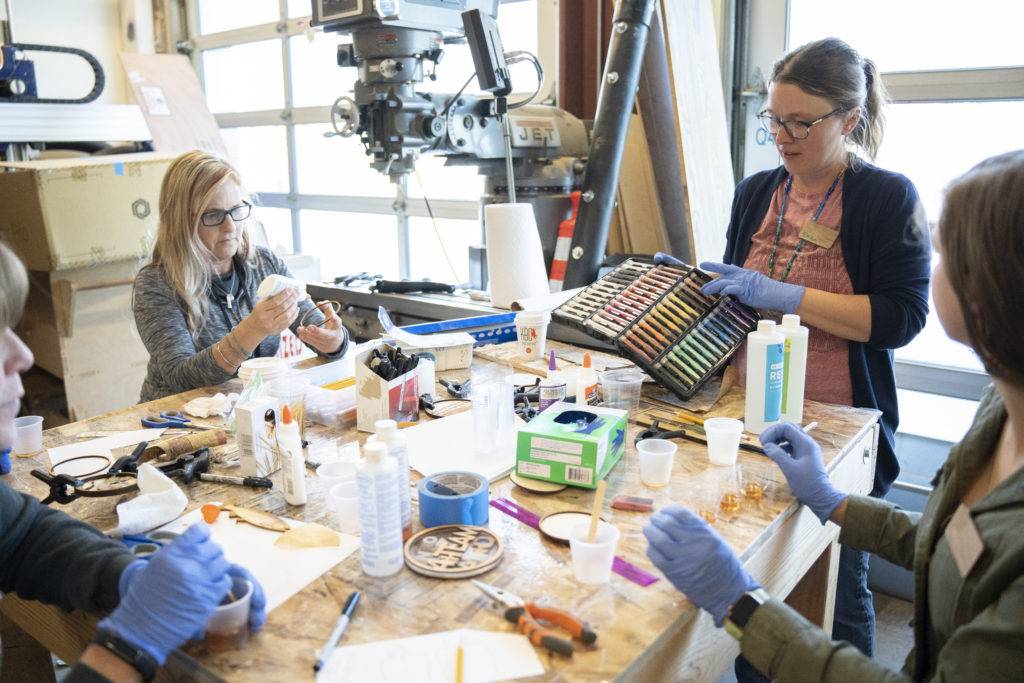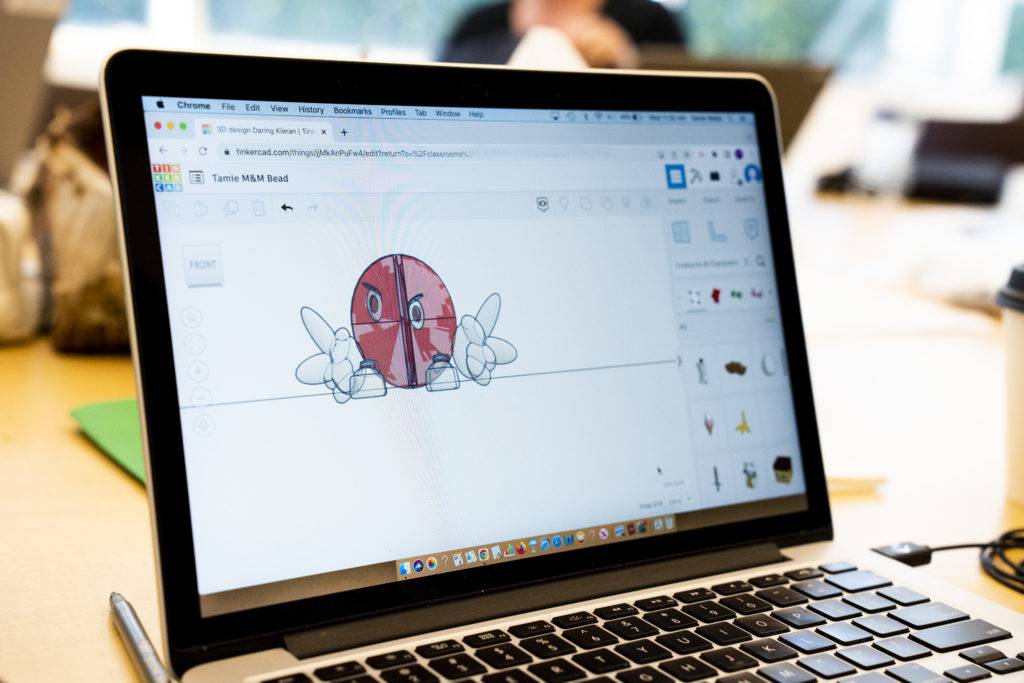18 Aug Mini Fab Labs Provide Innovative Students with Opportunities to Realize Their Dreams
Rural teachers in Alaska are bringing home new knowledge in tech to their students

In schools across Alaska, new machines are whirring to life. These machines include laser cutters, 3D printers, and computers with the necessary software to make the dreams of innovative students a reality.
Installed in rural Alaskan schools by CITC’s Fab Lab instructors, Innovation Stations serve Alaska Native and American Indian youth in grades K-6, and instruction is delivered by teachers who receive culturally-based instruction at CITC’s Fab Lab. The purpose of this grant-funded program is to improve students’ ability to meet state academic standards in math and science.
CITC hosted two Innovation Trainings this summer for a total of 17 teachers who came from Delta Junction, Juneau, Anchorage, Tyonek, Tyonek/Tatitlek, Ketchikan, and Naknek.

“We’re really excited to get our kids into more STEM activities while incorporating the science, math, and engineering together to design items,” said Nicole Pugh, a fourth-grade teacher from Delta Junction.
Nicole, who attended the training with her colleague Tamie Webb a third-grade teacher in Delta Junction, was learning how to design 3D objects for 3D printing. They also spent time with other teachers from around the state learning how to use laser printers and properly mix resins.

Deco Goodman, an instructor at the Fab Lab, shared the Fab Lab philosophy during these Innovation Camps. “The teachers are doing hands-on projects. They’re getting to use the equipment, sometimes for the first time, in a safe learning environment where they’re getting to fail with a margin of support. We have turned them loose on certain projects and been like, ‘You know what? Just give this one a try,’ knowing that there are going to be hiccups along the way. Things might not get cut out perfectly on the laser, or they might miss a step and they might not be happy with their results. We want them to be happy with the process.”
While the general process for implementing an Innovation Station will be the same for every school, the finer details of how each school brings this process to life may vary because remote Alaskan schools have different challenges than an average American school.
“Sometimes we have to adapt to not using the internet, which is challenging for us,” Deco shared.
Unreliable internet is just one of many obstacles the Innovation Station program has devised solutions for. With software programs that require little to no internet, students can work offline from anywhere, as long as the program is downloaded onto the computer.
Another difficulty they have solved is the issue of funding, not only for the program but for student graduates when they have aged out of the program. The program works with teachers and schools to guarantee access to free or low-cost software programs in an effort to keep the STEM learning opportunities accessible even after students graduate.

“Things like TinkerCad, Boxy SVG—3D and 2D respective modeling and drawing programs—are either cheap or free to use, which is really important to train our students on software that they could use as a young entrepreneur, as opposed to having to wait until they get into an institution that has that software for them,” said Deco.
Participants in the cohort also discussed the importance of having STEM curriculum that actively makes space for cultural contributions. As a group of mostly non-Native teachers working with Indigenous youth, it can be difficult to tell when and how to ask for help from cultural advisors.
Deco also spoke to how “technology adoption determines access to a wide-array of opportunities. We have an opportunity to introduce technologies as a gateway for cultural learning instead of a gatekeeper. Our youth are resilient, diverse and all love learning; celebrating that with them every day is how we can help them realize their potential.”
In a world that becomes more reliant on technology every day, the Innovation Station program is just another way that CITC’s Youth Empowerment Services aim to provide our youth with the tools necessary to succeed. To learn more about Youth programs and services, visit our Education page.



